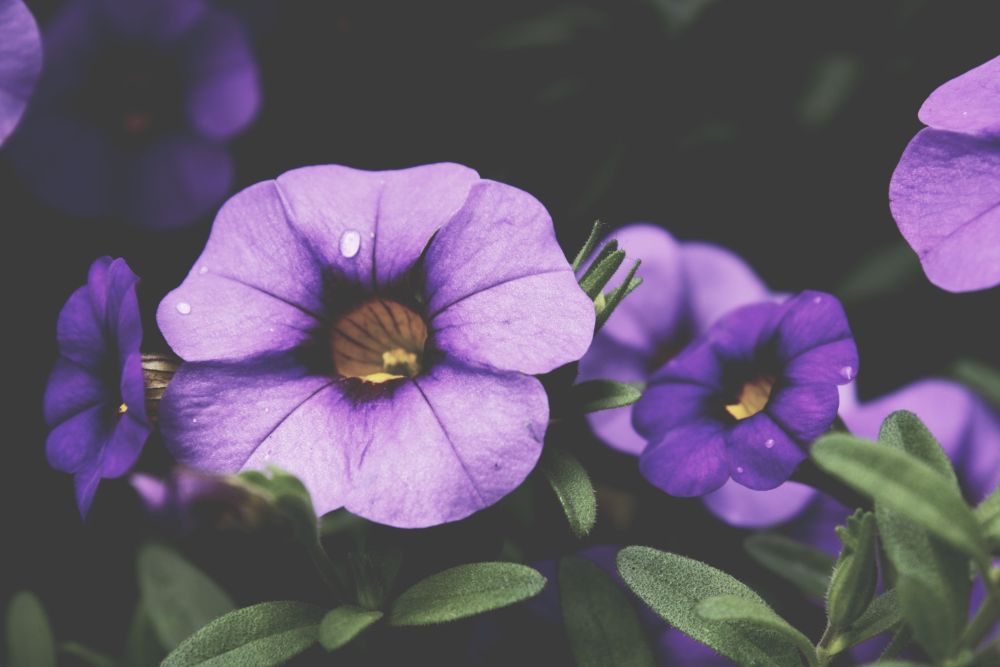This week, I thought it would be smart to sit down with Janette, our annuals expert to see what I can do the make the most of my seasonal plants!
Q: “When is it safe to plant them outside?”
I know we’re itching to get some colour into our yards! Many annual plants are frost sensitive so it’s always good to check the weather forecast before planting outside. Typically, in Calgary, your waiting until the end of May or into the first week of June. I KNOW! We’ve gotta wait a little longer!!
Q: “What is “dead heading”?”
Dead heading is essentially removing old finished blooms from your plant to encourage fresh new buds and blooms to develop. This is really handy on your seasonal plants if you want to ensure you have flowers for the entire growing season. Make the rounds once a week to clean things up a bit, find any stems that have turned brown, take off any shriveled flowers. They should just fall off the plant when lightly tugged, but if you need to cut anything off, invest in a good pair of snips. For something like thin annual flowers, go with the Corona Floral Shear Gardening Tool. If you wanted something a little more next level, you could also try out the Corona Thinning Shear Garden Tool.
Q: “What Annuals are good for the shade?”
One of the best annuals for shade are Begonias! We carry the Non-stop Begonias which have beautiful huge blooms, and come in a variety of bright colours! You could also go with Pansies, Impatience, and Fushias.
Q: “Should annuals be fertilized? If so what type of fertilizer?”
Because annuals, particularly hanging baskets and planters, are growing rapidly throughout the season, and watered frequently all summer long, they need food. I’d recommend fertilizing weekly with a blooming type fertilizer, so look for a higher middle number on the packaging. We carry a few types like Promix Organic Water Soluble Bloom Fertilizer that you can mix in your watering can. We also carry another soluble product by Superior Products and another great one called Gaia Green Power Bloom. Any of the above are perfect, but be sure to follow the guidelines so you don’t over fertilize!
Q: “Suitable annuals for hanging baskets?” I loooove hanging baskets. Look for some nice trailing plants that will spill over the edge so you can fully enjoy them! If you’re catering toward a shady area, choose from Fuchsias, Begonias, and Pansies. If you’ve got a nice sunny area, you can go with Petunias, Calibrachoa (also known as Million Bells), Geraniums, and Verbena.
Q: “Are annuals suitable for pollinators?”
Absolutely! And having pollinators benefits many ecosystems in your yard, like the health of your trees and shrubs which do grow every year. You can attract bees to your yard by planting flowers like Cosmos, Sunflowers, Petunias, Zinnias, and Daisies.
Next week: How to Build Beautiful Flower Planters
Happy gardening!
Brandi

